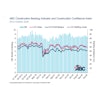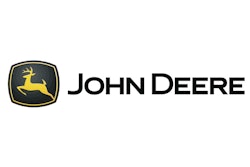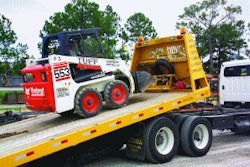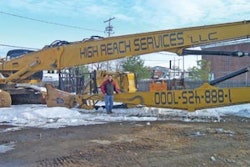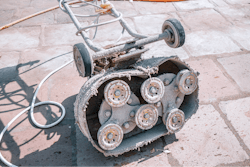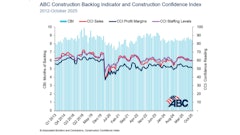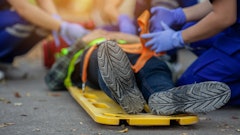I was making notes mid-December about this column and at the same time thinking about all of the financial turmoil in the world. I wound up asking myself how much risk I am willing to take regarding 2012, and right now my answer is “not much”.
In order to qualify my “not much” in terms of your planning, I would say it is directed more toward fixed costs or long-term obligations, at least until we get a better handle on how Europe’s game plan is going to pan out.
As for myself, I’m in the planning mode with the equipment rental company I work for. As part of that process, we put together a wish list of new equipment purchases alongside a list of older units we wish to sell.
As part of this process, I measure the potential cash flow and profitability of each new unit based on the last 12 months’ activity for that type of unit. I reached the conclusion that for about half the order, the units will not generate cash flow in 2012. Even with reasonable time utilization, the current rental rates — even though they produce a good gross profit margin — do not provide enough cushion to cover operating costs and debt service, thus producing a negative cash flow post-purchase.
Our operating manager was part of this process . When we asked him if he needed a new truck, his response was “hell, no.” Not that he doesn’t need one, but he does not want one with the new technology, because our techs (all very high-qualified, experienced people) have a very hard time maintaining anything with the new engine technology. Consequently, our operating manager prefers to buy a used truck rather than purchase a new one.
So in the end, we decided to cut the new order in half, reduce what we planned to sell, fix up the current fleet, buy a used truck with the older technology and, in effect, only do things that generate cash flow at current levels of utilization and revenue levels.
I believe contractors are in the same boat regarding 2012, because what happens in Europe could put a damper on your business in terms of financing, as well as bid pricing. If the problems in Europe cause problems in the U.S., it should make you think twice about adding to your fixed costs and debt service requirements.
Benchmarking, bonding and cost recovery
Now that we have that out of the way, how about your resolutions for 2012? Here are a few for you to consider:
Finish accounting for 2011 and prepare a plan for 2012. No secret here. It’s just tough to plan for the New Year if the current year isn’t closed out. Find out what went right and what went wrong and fix it in your 2012 plan. And if it takes you six months to close the year end, you have a big problem to address. You just can’t do that anymore.
Benchmark your business against your peers. The data is out there, so use it. See how you compare to contractors of similar size. Check the key metrics produced by successful firms against your own. You will want to check financial ratios, operating ratios, employee and equipment productivity, etc. You may be surprised by what you see.
Be ready to deal with bonding requirements. You will need a strong balance sheet and the backup to support your financial strength. You will need a business plan. You will need to support your expertise and ability to bid on the project. You will need to demonstrate a good banking relationship and credit history, plus other things. In short, sureties want to deal with professional firms that know how to run the job and complete it within budget. If you fall short in any of these areas, get help to address the problems.
Know your equipment costs and recovery rate. We kind of covered this topic earlier in this column, and we discussed this a few months back. In any event, you have to know your cost-to-own and your cost-to-operate each piece of equipment. Then you have to know how you utilized that equipment to recover those costs.
For example, if you purchased a $100,000 unit, the debt service and operating costs would be about $27,000 per year. If you do not recover at least $27,000 per year, you produce negative cash flow. Following this logic, I would use a 30% recovery rate to cover financed units.
The next question would be what do you do with units already paid off? Realistically, you could use a lower rate to break even — maybe 12% to 15% depending on operating costs and depreciation. But no matter how you address this issue, you would like to earn a return on your equipment investment. You just have to track your results and see where they leave you.
Remember, that any change from the budgeted utilization may require a change in the Recovery Rate. Second, keep in mind you don’t want to depreciate the units below their orderly liquidation value.
No matter whether you expect a good or a flat 2012, you have to keep your eye on the ball and have control of your business in order to maximize profit and cash flow.


